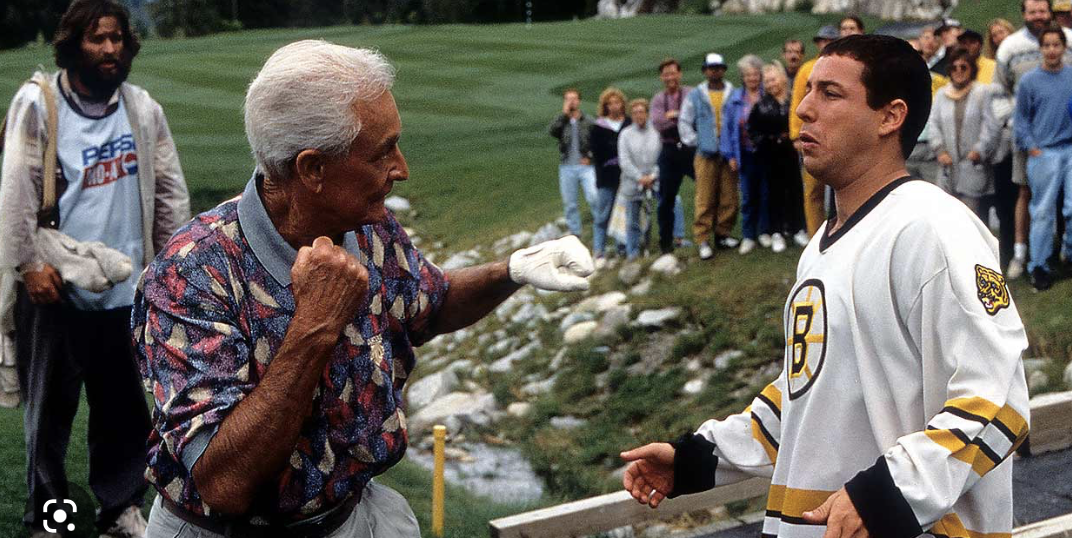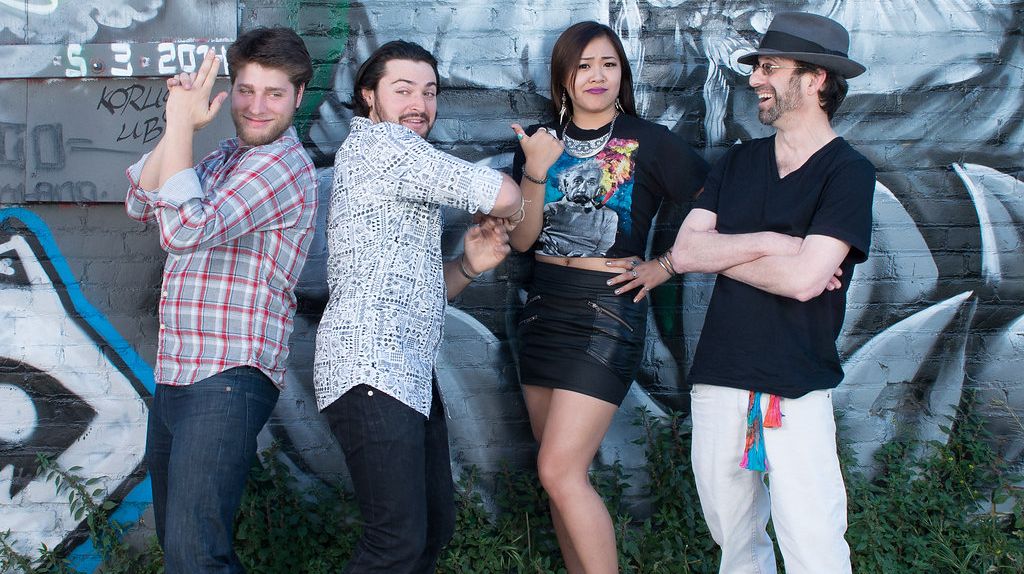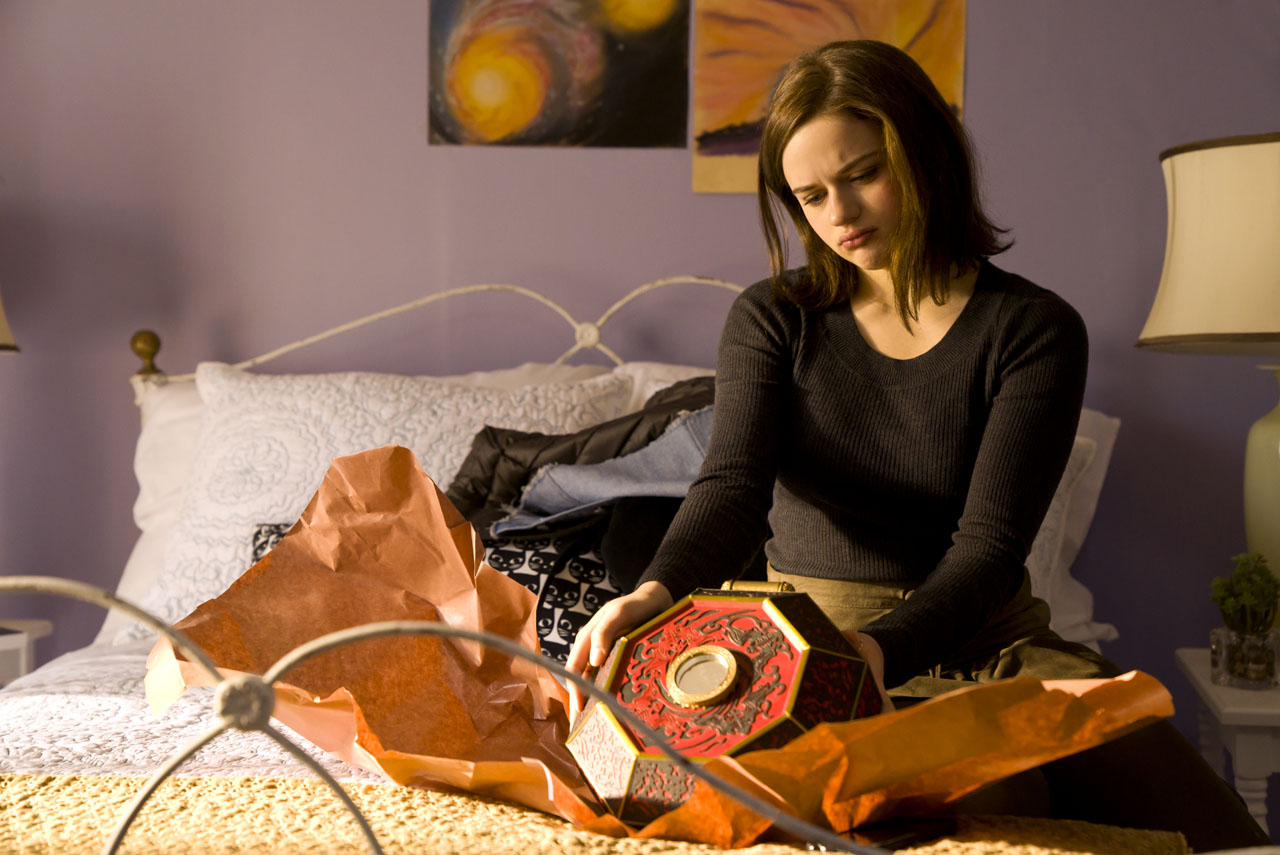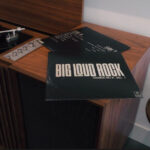You may have read the title of this article and experienced a surge of seething incredulity at the suggestion that Adam Sandler’s box office hit Happy Gilmore hit did more to grow the game of golf than Tiger Woods did, but the reality is, it may be true. In fact, it’s hard to imagine that the Masters Tournament in particular would be as popular as it is today without Gilmore and the villainous Shooter McGavin going head-to-head for the fictitious gold jacket in the summer of 1996.
The Masters brought to life
At the real-life tournament, the players play for a green jacket, and the latest odds on the US Masters for 2023 suggest that Rory McIlroy might win it with the Northern Irishman priced at +800 to go all the way at Augusta National. It will be an event watched by a tv audience of tens of millions and again, that may be down to the lasting legacy of a film that resonated with so many people.
Happy’s story
Back in the mid-1990s, golf was seen as an elite sport that wasn’t open to people like Gilmore who grew up in Waterbury, Connecticut. Instead, it was the rough and tumble free for all of the NHL which had more appeal. That’s why Gilmore spent his time trying to make it as a professional hockey player. It was only in the event of the government repossessing his grandmother’s house for failure to pay her taxes that Gilmore inadvertently found out that he could hit a golf ball further than anyone on the planet.
This discovery came after taking a bet with the movers who were clearing out his grandmother’s house but had stopped working in order to hit golf balls with Gilmore’s late grandfather’s clubs. This meant Gilmore couldn’t watch his beloved hockey on the TV inside so he made a wager with them that if he could hit the ball further than they could, they had to get back to work.
Having cleaned out the dumbstruck movers who kept betting against Gilmore being able to repeat his monstrous drives in the front garden, the budding hockey player figures that there’s money to be made in golf and if he wins enough of it, he can buy back his grandmother’s house at the upcoming auction. It is at this stage when the most entertaining golf film of all time really takes off as an unsophisticated Gilmore earns a place on what is the PGA Tour.
.@TonyFinauGolf almost pulled off a Happy Gilmore in front of Shooter 😂@ChrisMcDonald50 pic.twitter.com/cGiEJHkdtl
— PGA TOUR (@PGATOUR) November 10, 2022
What followed is a timeless and hysterical story about one man taking on golf’s elitism and winning. From getting down on the ground and shouting at his ball for not going in the hole while accusing it of being too good for its home, to fighting the legend Bob Barker in a pro-am and, of course, his side-splitting rivalry with McGavin, this was a masterpiece that reached out to people who were perhaps too intimidated to play a round at their local course for fear of not fitting in.
The lasting legacy
Gilmore spectacularly shattered the once-snobby narrative and convinced viewers that they belonged on the golf course, even inspiring real-life golfers who aimed to go pro while playing the way Gilmore did.
Incredibly, an example of the film’s lasting legacy on the course is the influence that his swing had on three-time major champion winner Padraig Harrington who admitted to practicing like Gilmore by adopting a hockey-like swing. The Irishman was convinced that the swing would add 30 yards to his game and even pulled it off at Valhalla Golf Club in 2014 during the playing of a major championship.
The Irishman of course isn’t alone in trying to copy Gilmore as thousands of amateur players can be seen imitating the legendary swing every weekend at their golf clubs. It is, in short, a phenomenon that only grows with time and is now deeply embedded in golfing folklore. As The Athletic recently put it in an article on the movie’s 25th anniversary: “Happy Gilmore became a staple of comedy and comfort for a generation.”
.@AdamSandler re-created his #HappyGilmore golf swing for the film’s 25th anniversary! ⛳ pic.twitter.com/AX4OF49Zj7
— TODAY (@TODAYshow) February 17, 2021
Did Happy Gilmore do more than Tiger Woods to grow the game? We may never know as both the film and the 15-time major champion arrived on the scene at almost exactly the same time in the mid-1990s.
What is irrefutable, however, was that golf was never the same again following the summer of 1996 as its popularity skyrocketed.













